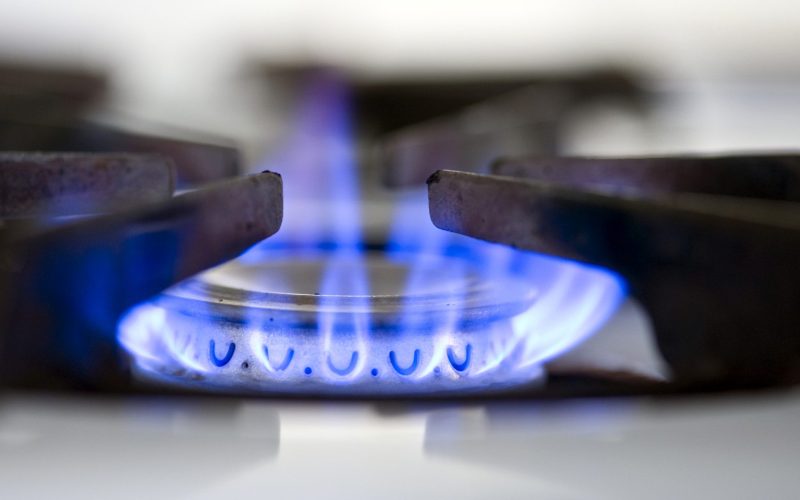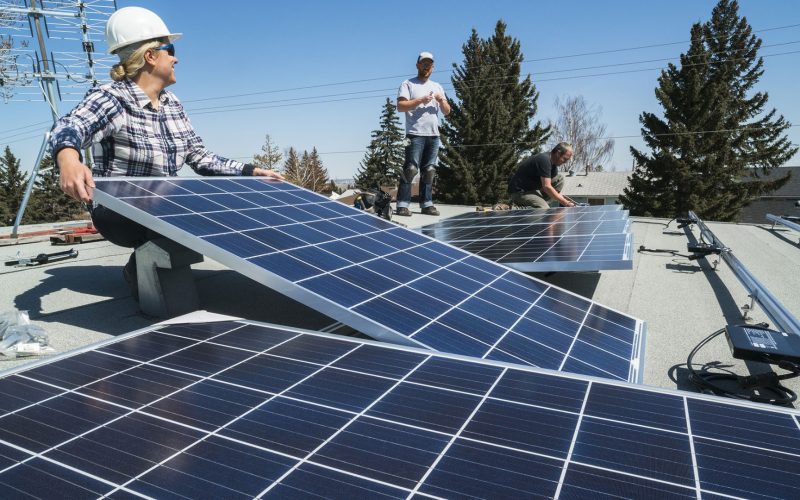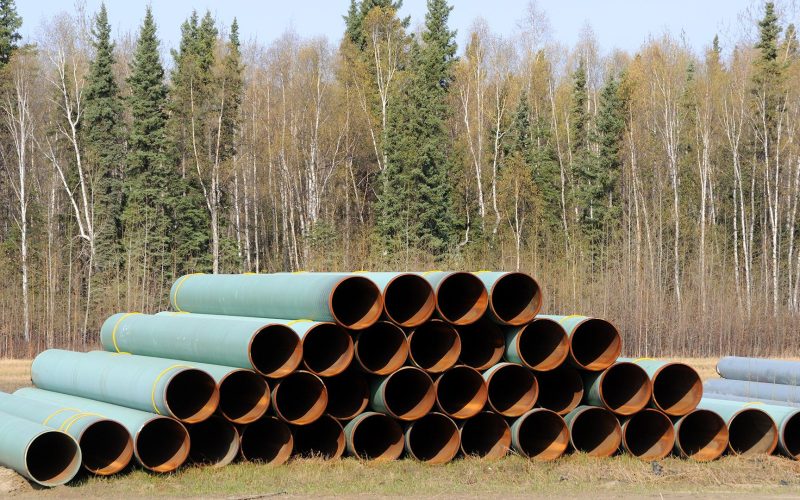THE VOICE FOR THE ENERGY CONSUMER

Anti-energy activists have created more chaos, only hurting families and small businesses on a budget, by wrongfully villainizing natural gas without fact-checking first. Most of it is old rhetoric blaming.

Statement before the 2020 Council on Environmental Quality February 11, 2020 U.S. Environmental Protection Agency Region 8 RE: Docket No. CEQ-2019-0003 RE: Executive Order 13807 Members of the Committee,.

Los consumidores en los Estados Unidos se dirigen hacia una era fascinante en la innovación energética. Algunos predicen que para el 2030, una décima parte de los vehículos en todo.

Consumers in the U.S. are heading towards a fascinating era in energy innovation. Some predict that by 2030, a tenth of vehicles worldwide will be self-driving. While the range of.

Es un momento emocionante para los consumidores en este momento. Para aquellos lo suficientemente mayores como para recordar, solo piense cuán diferente es su vida hoy en comparación con hace.

It is an exciting time for consumers right now. For those old enough to remember just think how different your life is today compared to 10 or 15 years ago..

A medida que las elecciones presidenciales del 2020 comienzan a calentarse en los estados mas disputados, los aspirantes a la presidencia de Estados Unidos continuarán compitiendo ferozmente para capturar las.

As the 2020 presidential election starts to heat up across battleground states, America’s presidential hopefuls will continue to fiercely compete to capture voters’ opinions and support. When public opinion polls.

Recientemente me uní a Consumer Energy Alliance después de varios años trabajando para un grupo comercial. Cuando comencé, sentí que sabía lo suficiente sobre energía para sumergirme en mi nuevo.

The delay on Line 3 continues to allow the current pipeline to deteriorate. Built more than 50 years ago, the updates needed are imperative. A new line will have the.